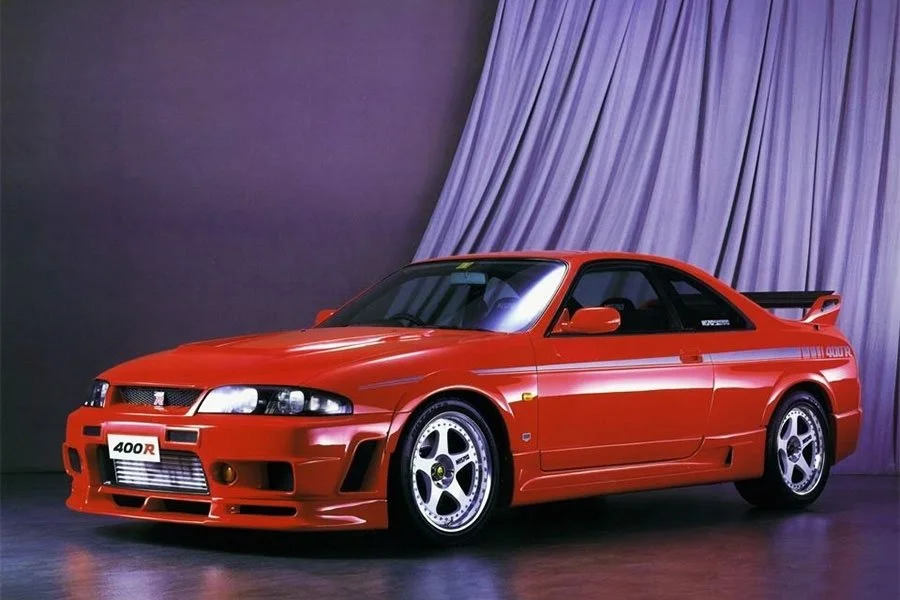Guide: The Phantom - a Historical & Technical Appraisal of the Nissan KPGC-110 Skyline 2000 GT-R
/In September 1972 Nissan began production of a fourth generation Skyline: the C110. From a styling perspective, this latest Skyline appeared more Americanised than its predecessor while three body…
Read More










